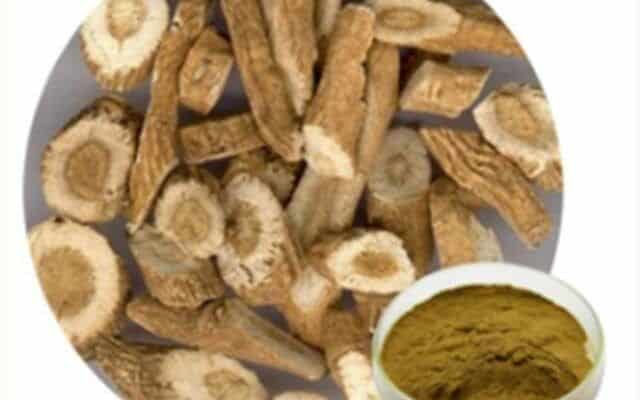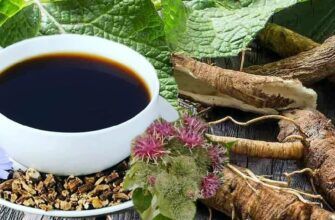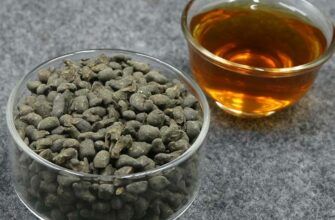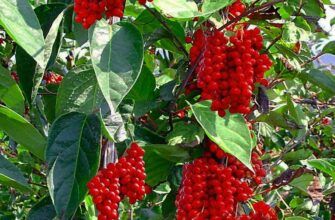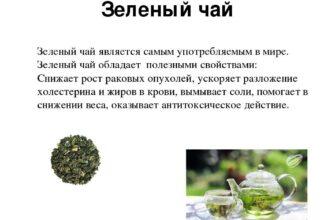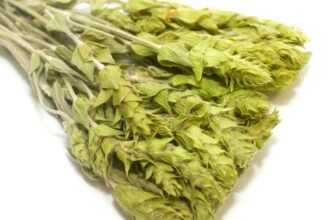Ban Lan Gen, known in the West as Isatis Root, has been widely used in recent years for its antibacterial and antiviral properties. Traditionally, this plant has been used for many diseases in traditional Chinese medicine for almost two thousand years.
scientific data
The results of the studies carried out indicate that it helps to reduce the level of pyrogen that causes an increase in body temperature. Isatis root helps relieve fever, neutralizes viruses and bacteria, as well as peroxide radicals and pyrogens that cause fever.
In his report, Zhong Nan-Shan (academician and president of the Association of Chinese Medicine), noted that this herb has been a classic anti-viral remedy for centuries, extremely effective in ARVI. Currently, Bang Lan Gyong is gaining more and more attention around the world.
What is Ban Lan Gen
It is the rhizome of a flowering plant in the cruciferous family, which is also known as isatis dyer, woad, dyer woad, and isatis indigotica. In the list of Chinese herbs, this plant is divided into two main species with similar characteristics - Isatis tinctoria L. and Isatis indigotica Fort.
In Northern China Bei Ban lan and Baphicacanthus cusia, in southern China Nan Ban Lan. Although it belongs to the cruciferous family, this plant is also sometimes classified in the acanthus family. Other names for this plant are Isatidis Radix (Radix isatidis), indigo root, banlangen, isatis indigotica root, Da-Qing You, woad root, indigo root, etc.
The root has an elongated cylindrical shape, about 10 to 30 cm long and 3 to 8 mm in diameter. The surface is light grayish-yellow, rough, with longitudinal wrinkles, horizontal dark spots. The texture is firm and crispy. In section it has a color from yellowish-white to light brown. It has a mild odor and a slightly sweet taste. For medical use, choose roots that are thicker, stronger, and more crumbly.
Beneficial features
Modern pharmacological studies have shown the following beneficial properties of Isatis root:
- antibacterial and antiviral action
- anti-leptospiral effect
- detoxification
- improved immune function
- destruction of leukemic cells
Possible side effects and contraindications
The plant is now available to consumers in various forms - Banlangen Keli (granules), tea, Chongji (herbal preparations), and instant drinks.
Traditional Chinese Medicine (TCM) believes that children should avoid large doses and long-term use of this herb. Otherwise, the use of this plant may cause as yet unknown side effects.
The most commonly reported symptoms are allergic reactions and deterioration of the digestive and hematopoietic systems in children.
Despite the huge antiviral and antibacterial properties of the ban lan gene, it would be unreasonable to think that with its help you can protect yourself from all viruses and infections. For optimal effect with minimal side effects, the root should be used as directed. Mindless use can do more harm than good.
Read more: